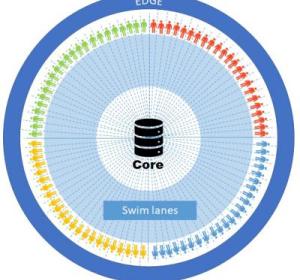Lately, I’ve noticed a significant uptick in the number of connections I have on LinkedIn who now list Strategic Finance as their primary job description.
FP&A Insights
FP&A Insights is a collection of useful case studies from leading international companies and thought leadership insights from FP&A experts. We aim to help you keep track of the best practices in modern FP&A, recognise changes in the ever-evolving world of financial planning and analysis and be well equipped to deal with them.
Stay tuned for more blogs and articles from great authors.
Prediction is an important part of the work that FP&A practitioners do. This work has many challenges. One way to address these challenges is by minimizing the negative.
Managing a successful FP&A (Finance) department requires balancing the right blend of People, Processes and Technology. Of course, this construct is nothing new, we’ve all heard this many times before.
Being a business partner will increase your scope and you will be more dependent on others. Learning to delegate, choosing the battles to fight for, saying no without compromising the relationship, continuing to expand your knowledge, surrounding yourself with the right people and supporting them would be the keys to success.
Pagination
Subscribe to
FP&A Trends Digest

We will regularly update you on the latest trends and developments in FP&A. Take the opportunity to have articles written by finance thought leaders delivered directly to your inbox; watch compelling webinars; connect with like-minded professionals; and become a part of our global community.




